BMW reveals next generation iX3 Concept
BMW is doubling down on their investment: The Concept iX3 will have a motor performance of over 200 kW, when it goes into serial production in 2020 as an SAV (Sports Activity Vehicle). According to the new WLTP measuring system, the range even exceeds 400 km.
The boost in performance can be attributed to the improved battery capacity, which has more than 70 kWh. The technical details, which were released with the premiere of the vehicle, kept the information somewhat vague, but does reveal some selected information.
The Bavarian company claims that the numbers are not everything that matters, but that which is hidden under the conventional chassis: The BMW iX3 will be the first personal vehicle by BMW that has been fitted with the fifth generation eDrive system and is the first of an entirely new platform. The new platform is said to be particularly strong in performance, as well as flexible and can be used in every future vehicle from the BMW group.
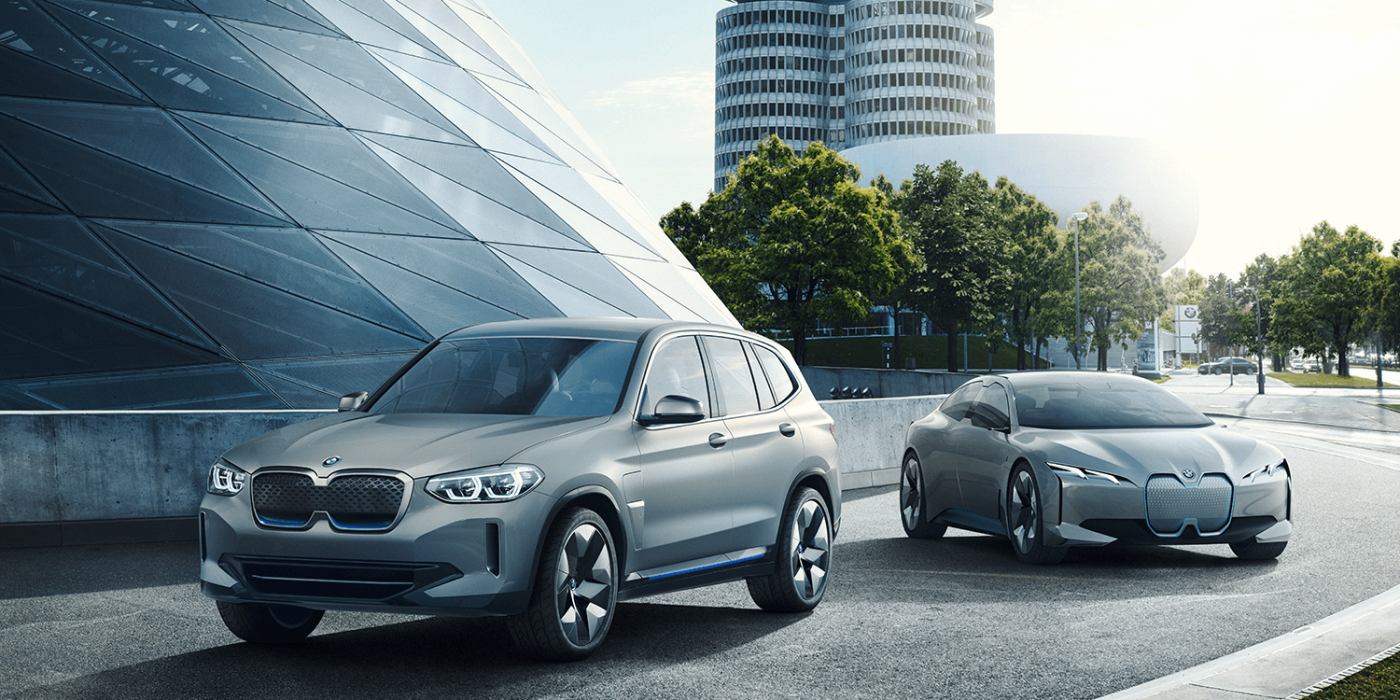
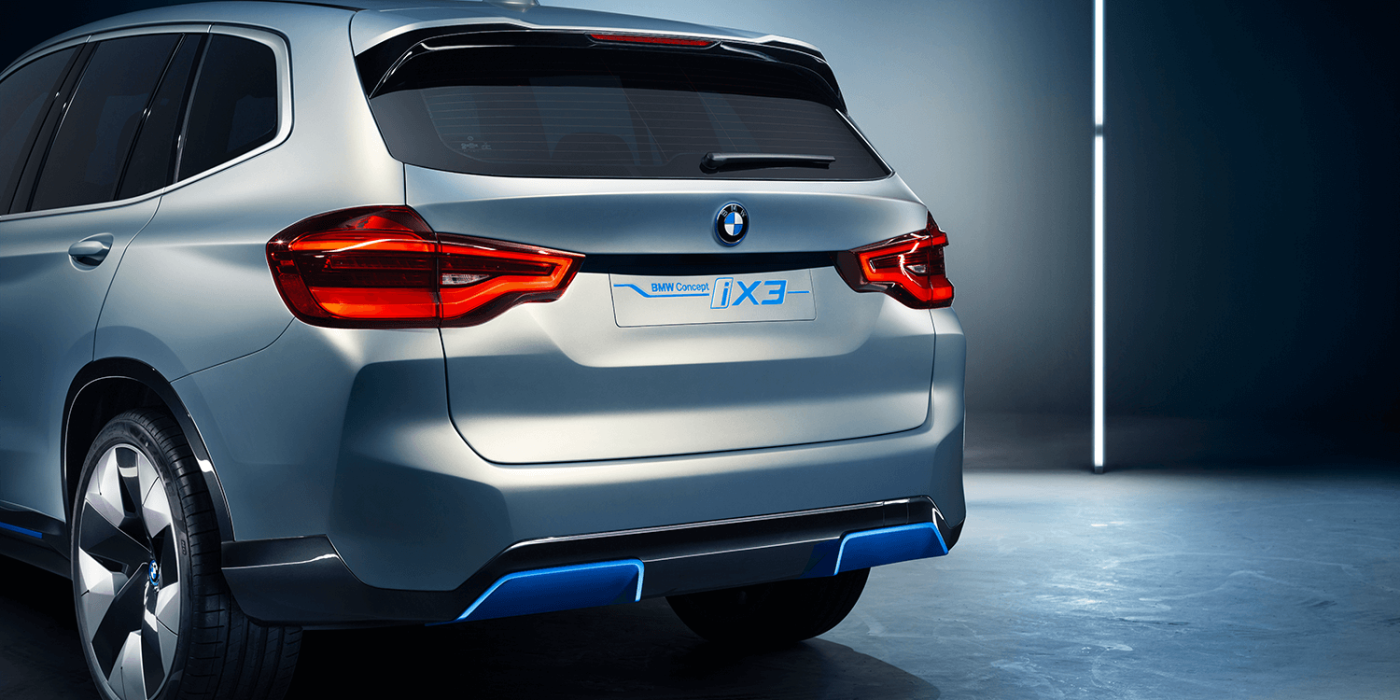
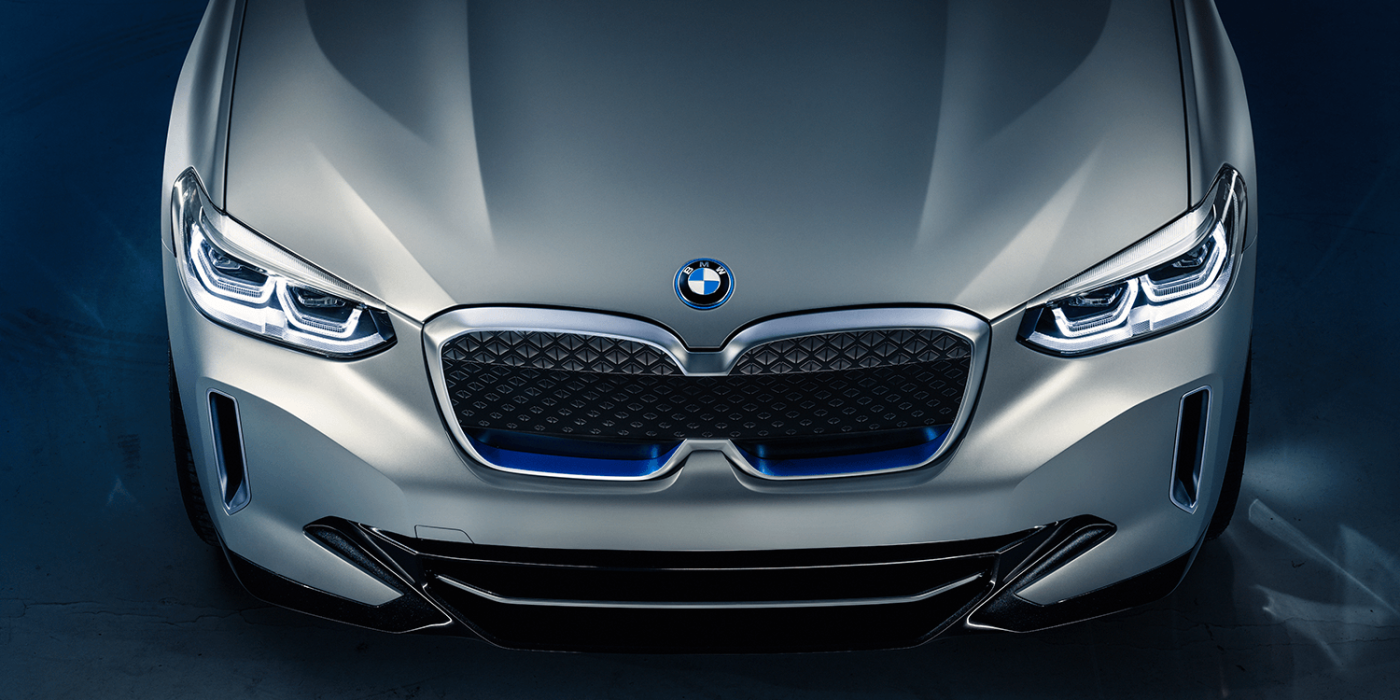
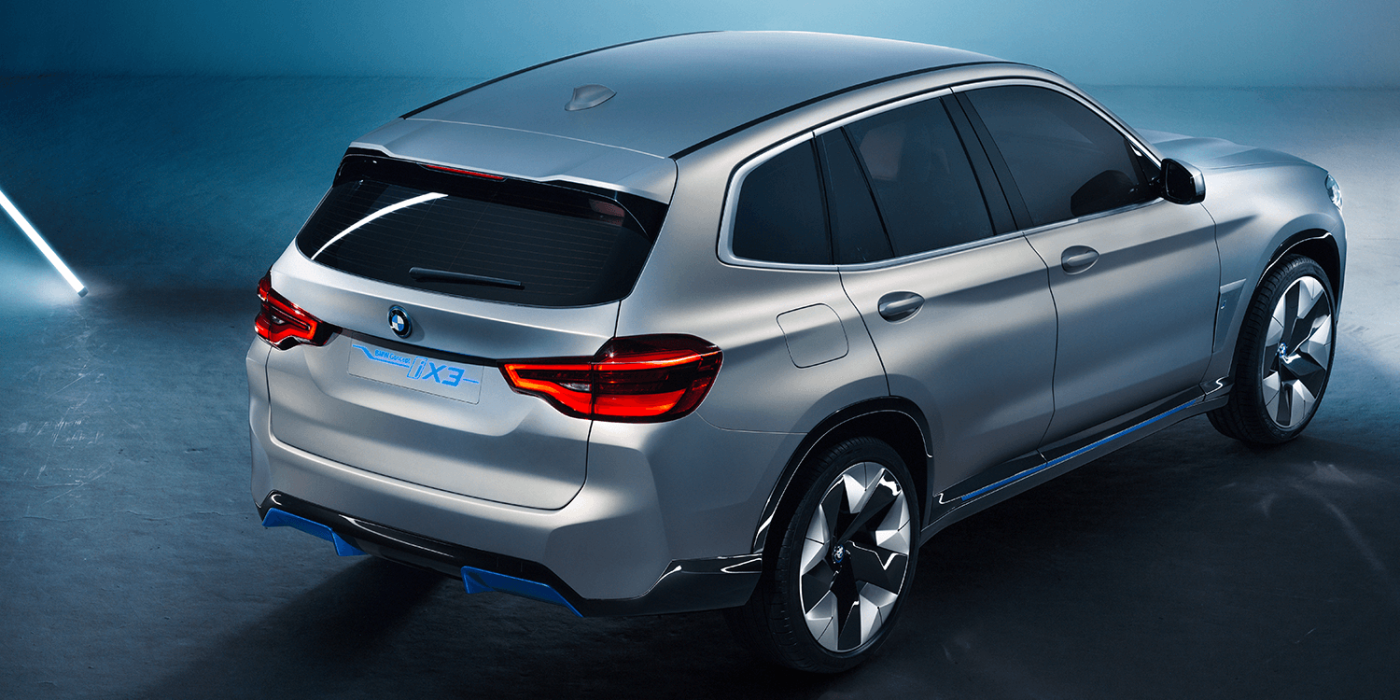
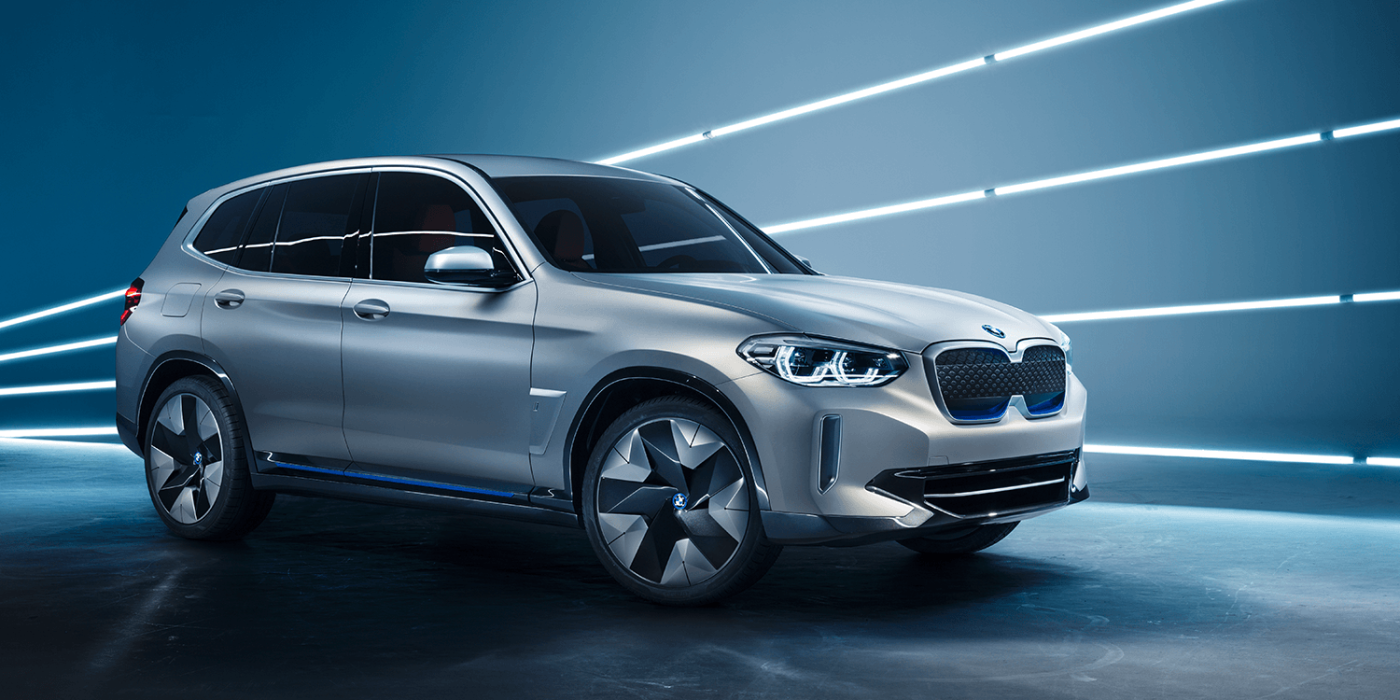
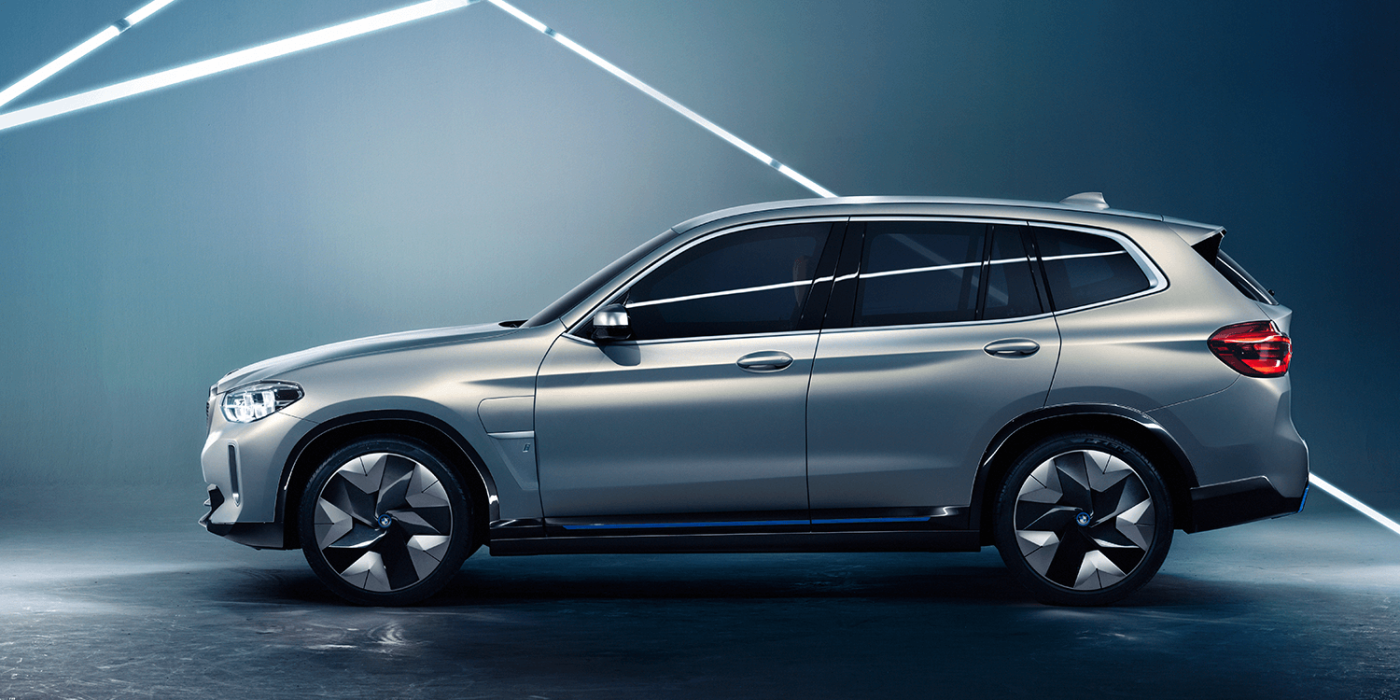
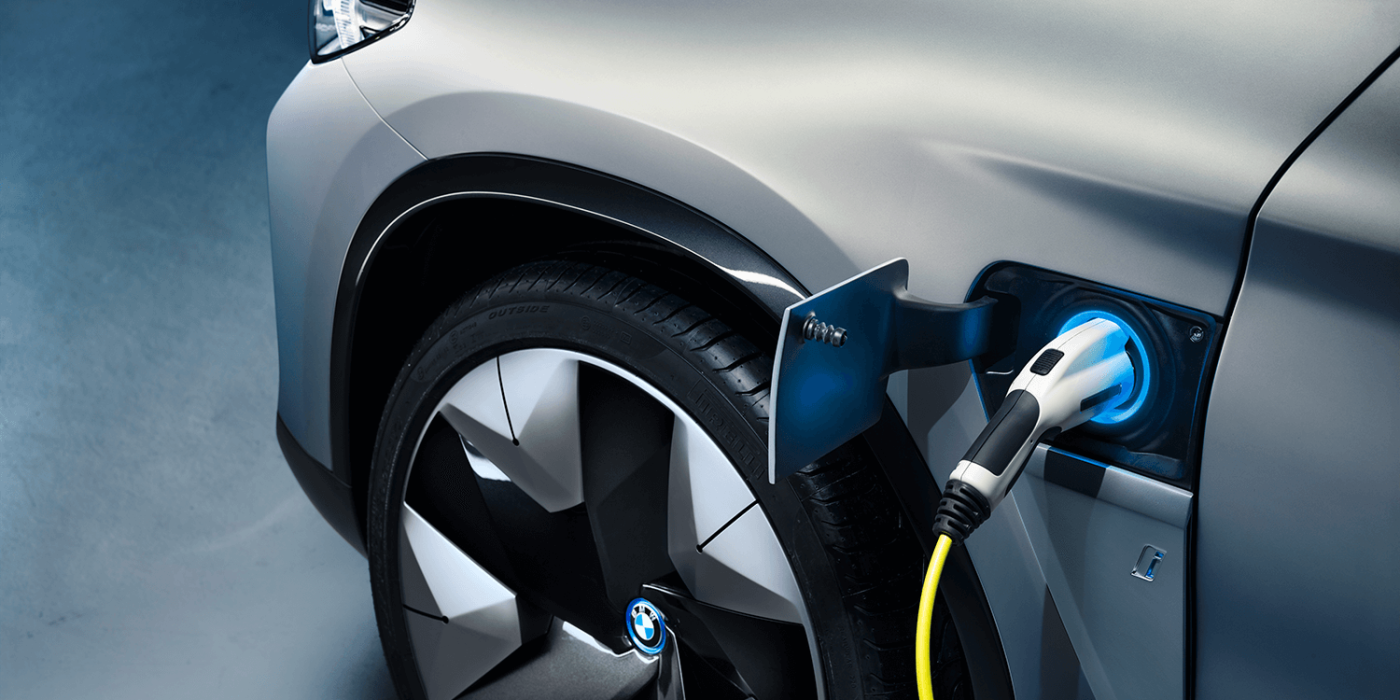
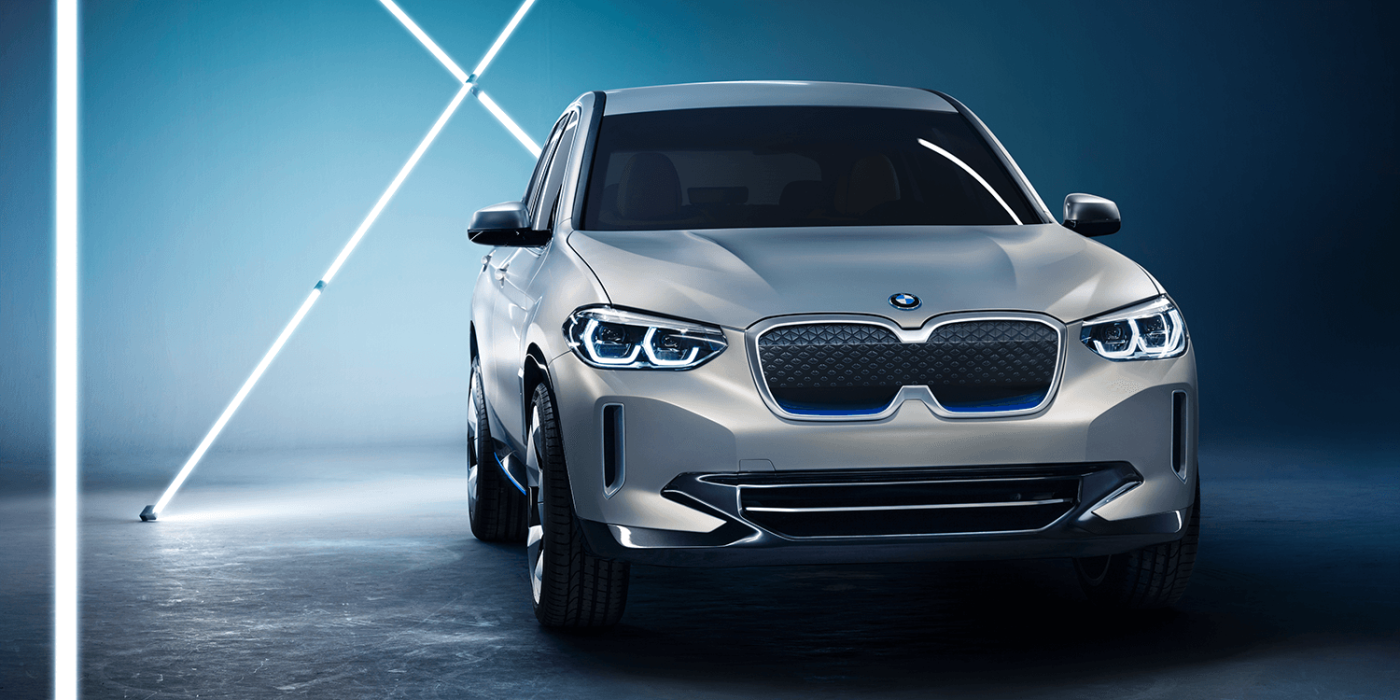
The iX3 is also the first battery-electric vehicle by BMW, that does not have a purpose design, unlike the i3. The hood grille is closed in the front and accentuated in blue. The two traditionally separate grill parts have been combined into one, which is turning a page when it comes to BMW’s design choices. This is also shown in BMW’s M2 competition. The color BMW iX3 blue can also be found on the rear of the vehicle and the design is quite similar to the regular X3 with combustion motor. The electric vehicle is being normalised.
No rare-earth metals in the motor “substantial advancements” made with battery
The core of the iX3 is very compact. The fifth generation eDrive contains the electric motor, transmission and performance electronics in one component. A further novelty is the fact that the electric motor was designed without using any rare-earth metals. Added to this development, are the new battery specs, which have improved performance characteristics, range, size and flexibility, according to the manufacturer.
The internal names for the platforms on this basis are the FAAR (Front Wheel Drive Architecture) and CLAT (Cluster Architecture rear wheel drive). Further options will include a 60, 90 and 120 kWh battery, but the final values will be dependent on the combination of the system and the battery cell evolution. Recently, it was revealed that BMW is planning with the above-mentioned battery sizes, however.
In-house battery cell production
For the individual battery cells, BMW has picked up some additional knowledge and capabilities, and begun producing their own battery cell prototypes. The experience and knowledge generated from the production of the i-series (i3, i8) is being used to further improve performance, energy content, charging capacity and life expectancy. Furthermore, BMW will consolidate further battery know-how by moving the production in-house, and they announced their goal were to analyze and understand the cells, as well as to find potential suppliers for cell production to meet their specific emerging needs.
It seems the point is more to improve their own competence in regard to battery knowledge, than to actually provide competition for suppliers, as BMW is looking to develop battery cells that suit their specific needs, instead of buying a general module. This is a major element of their strategy.
Flexible manufacturing and integration
The iX3, it should also be mentioned, will be delivered with 150 kW charging capacity. The currently presented vehicle at the Beijing Motor Show will be released on the market in 2020 and will be manufactured in Shenyang, China. Further production expansion is also possible. By 2021 the serial version of the iNEXT will follow, which is designed on the same platform. The E-Mini will appear in 2019, but will not utilize the same technology.
The flexible integration of the eDrive technology also allows for the expansion to next-generation BMW vehicles. Regardless of whether the vehicle is a BEV or PHEV, front-wheel drive, rear-wheel drive or four-wheel drive, the new propulsion system will be used in all future BMW group vehicles and represents a major cornerstone of their strategy.
Next to the improvement and simplification of components, as well as the improved capacity and performance, the costs were also considered in development. BMW has already shown that they know how to make an electrified vehicle with the i3, and now the Bavarians are bringing home the harvest by consolidating the lessons learned into a new generation of serial vehicles.
Original copy: Christoph M. Schwarzer




0 Comments